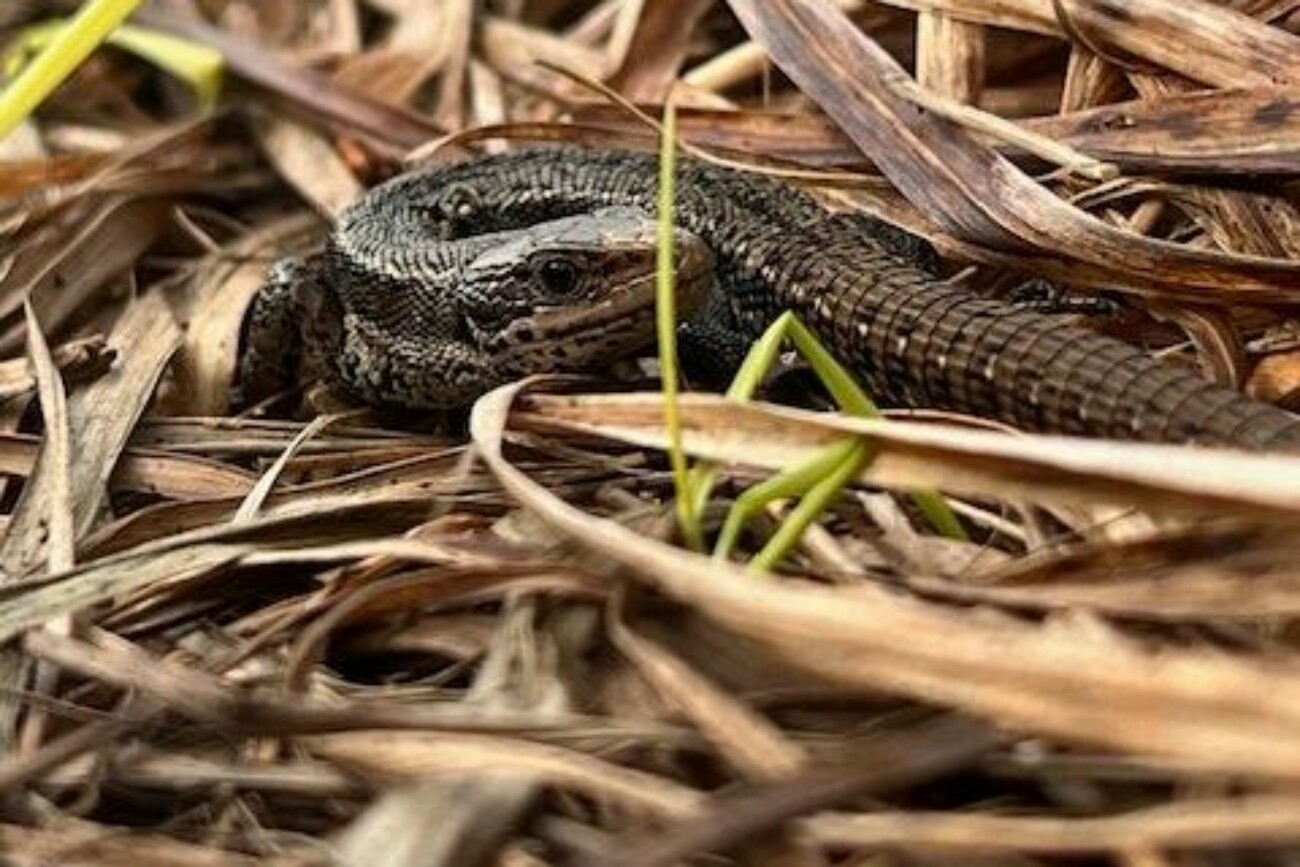For several years, FDC 22 – Fédération des chasseurs des Côtes d’Armor has been carrying out tracking research on native reptile of France (protocol POPReptile2 of the @Société Herpétologique de France – SHF) in different sectors of the department.
See the photo examples in Plourac’h, where 24 plates (career mats) were placed on 3 sectors. Tracking started last year 2023 for a period of 3 years.
From March to July, the FDC 22 Marine technician JOLIBERT makes a total of 8 “passages” to observe these particularly discreet species, such as the Orvet (Slow Worm), the viviparous lizard or the Common Adder.
Research like this is essential to our understanding and knowledge of all our native species. This includes Reptiles. Research like this further proves that hunters are foremost safeguarding our nature and biodiversity.
Policy Relevance
Hunters and hunting organizations are supporting huntable and non-huntable species in Europe through habitat management, providing or improving nesting sites for all species. The research work done in the Cotes d’Amour region is one more example of the hard and fruitful work that hunters and hunting organizations make for the conservation of all birds’ species, thereby contributing to the EU’s Biodiversity Strategy for 2030.
Did you know that?
The viviparous lizard, or common lizard, (Zootoca vivipara, formerly Lacerta vivipara) is a Eurasian lizard. It lives farther north than any other species of non-marine reptile, and is named for the fact that it is viviparous, meaning it gives birth to live young (although they will sometimes lay eggs normally).
The slowworm is a legless lizard native to western Eurasia. It is also called a deaf adder, slow worm, blindworm, or regionally, a long-cripple and hazelworm. The “blind” in blindworm refers to the lizard’s small eyes, similar to a blindsnake
For more information please check out:





